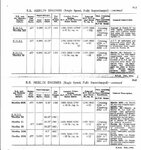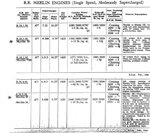Neat, thanks for posting that definitely going to save that document! To clarify I think there are two factors relevant here - first MAW volume IV covers (I think) May 1943 through September 1944. So half of 1943 and most of 1944. If you look at the document you posted AAA is actually the leading cause of fighter losses for 1944 (441 to enemy aircraft, 493 to flak).
Actually the leading cause of fighter losses in 1944 is 'other causes' = 637.
MAW II, III, and IV together cover 1943, but I predict that crunching the numbers in these volumes won't get you a match with the figures from the document, which is from this:
USAAF Statistical Digest .


